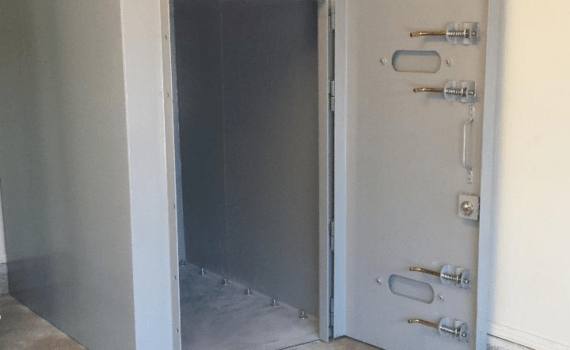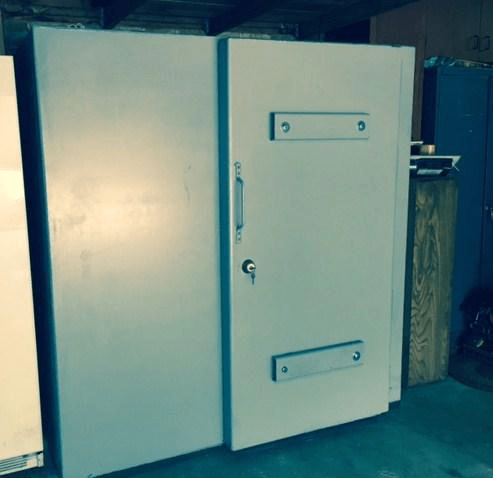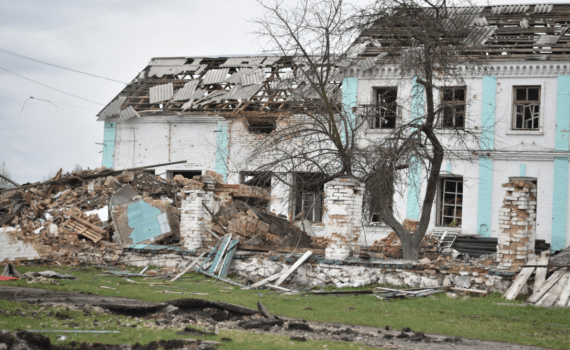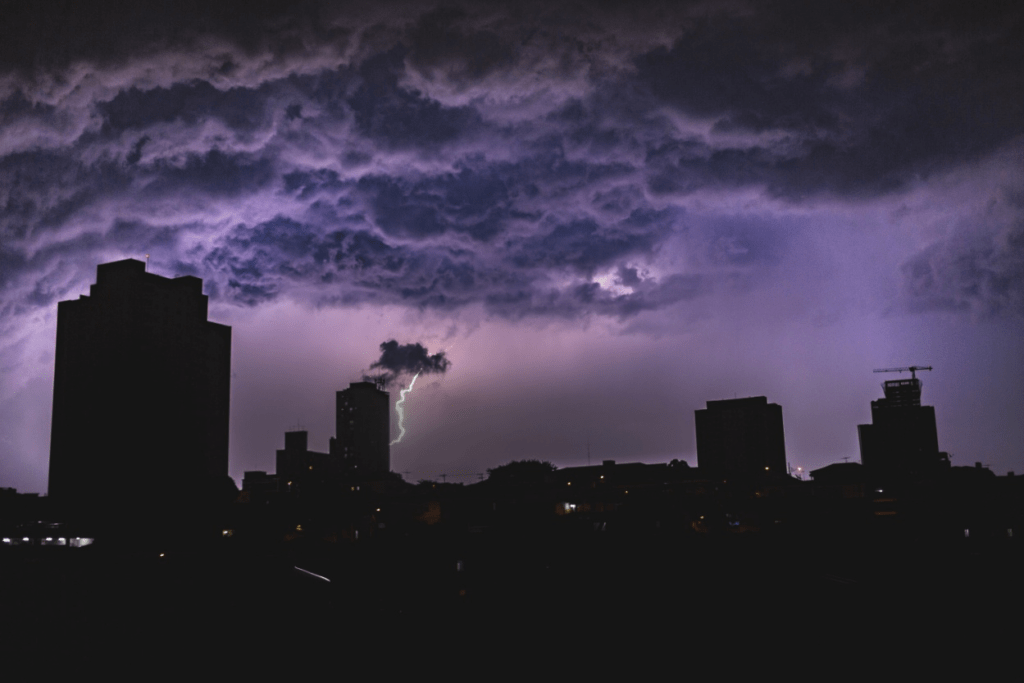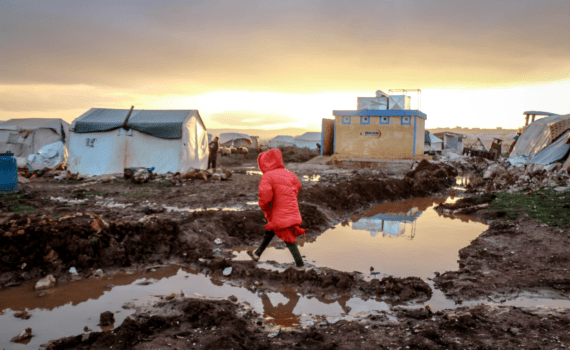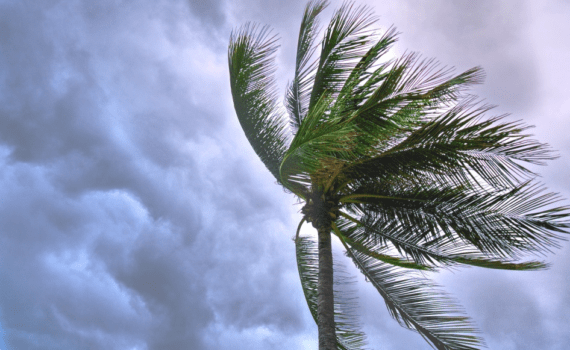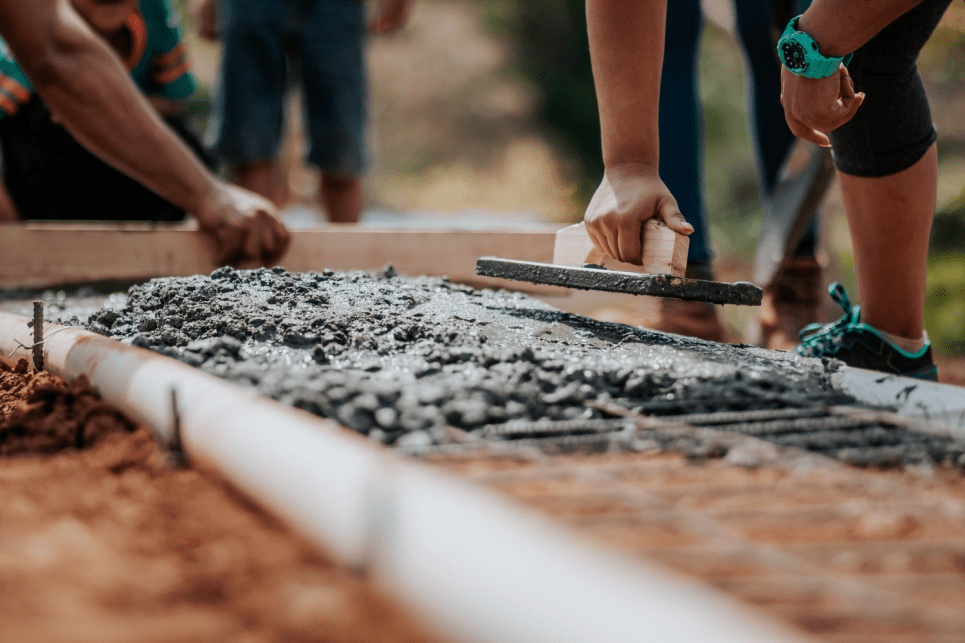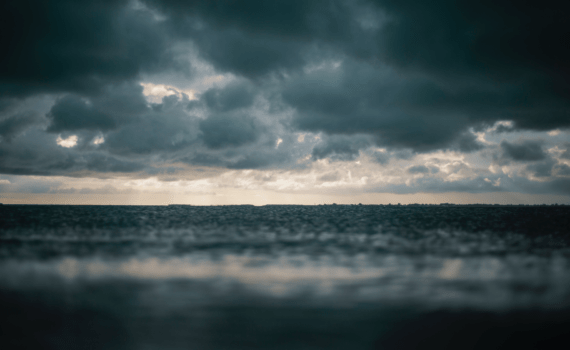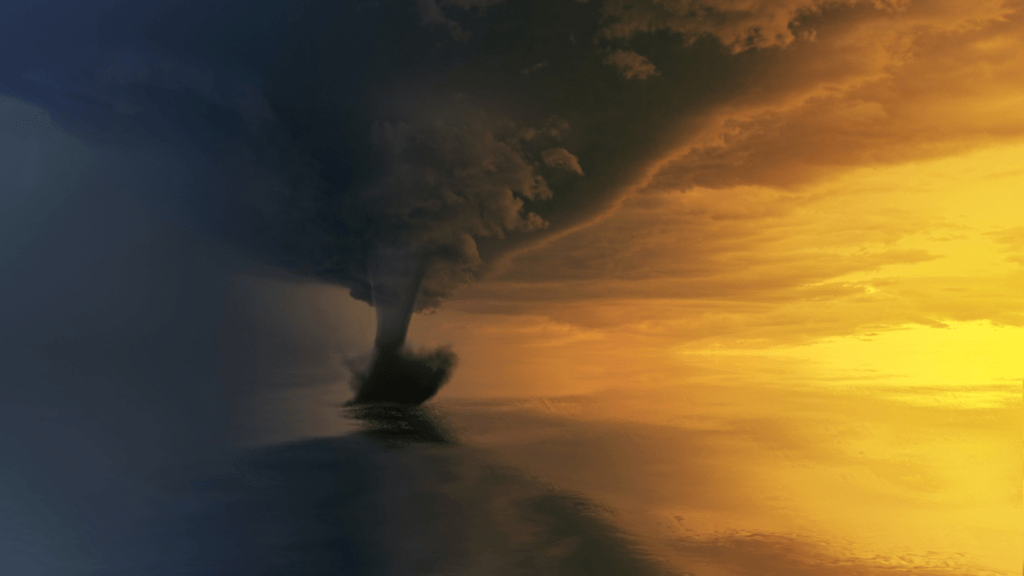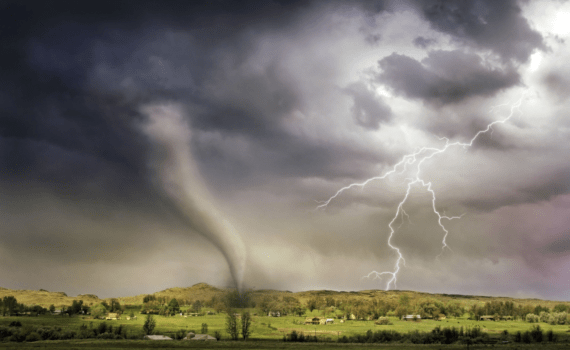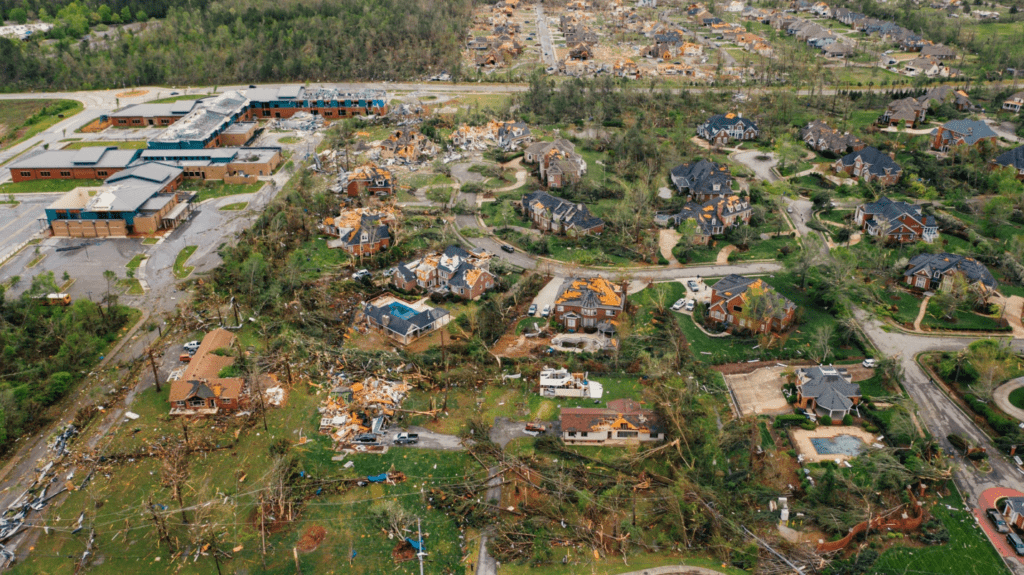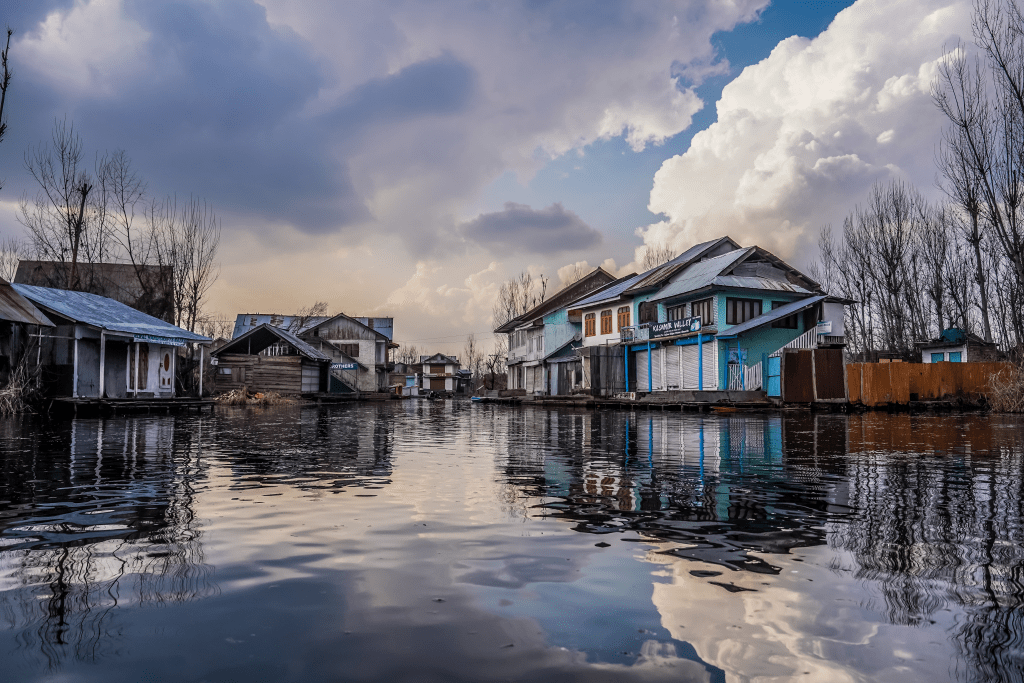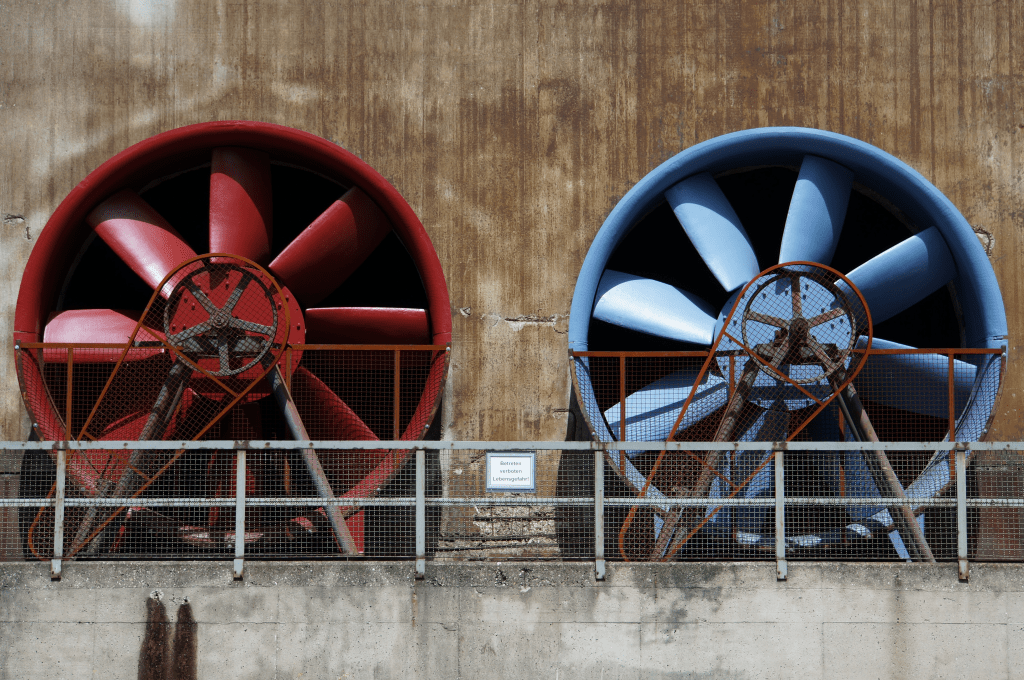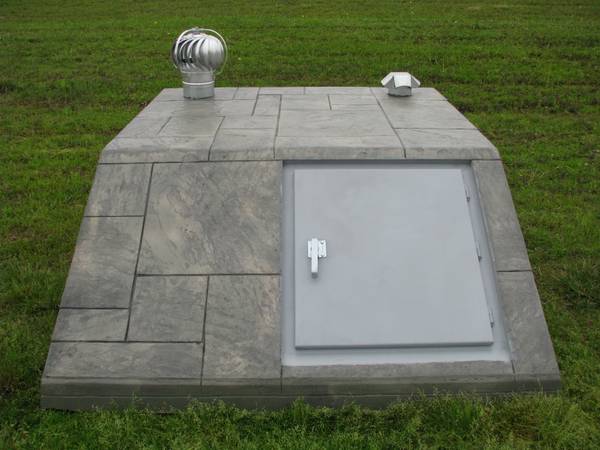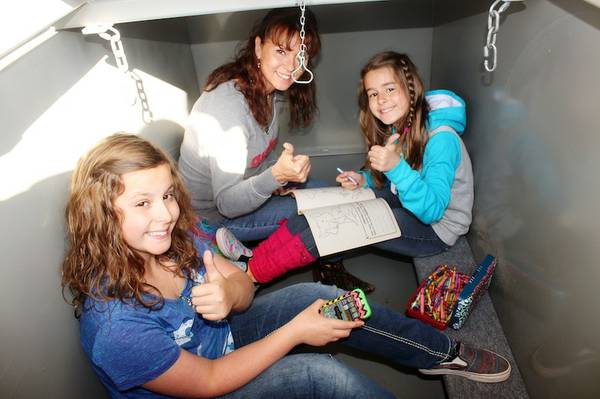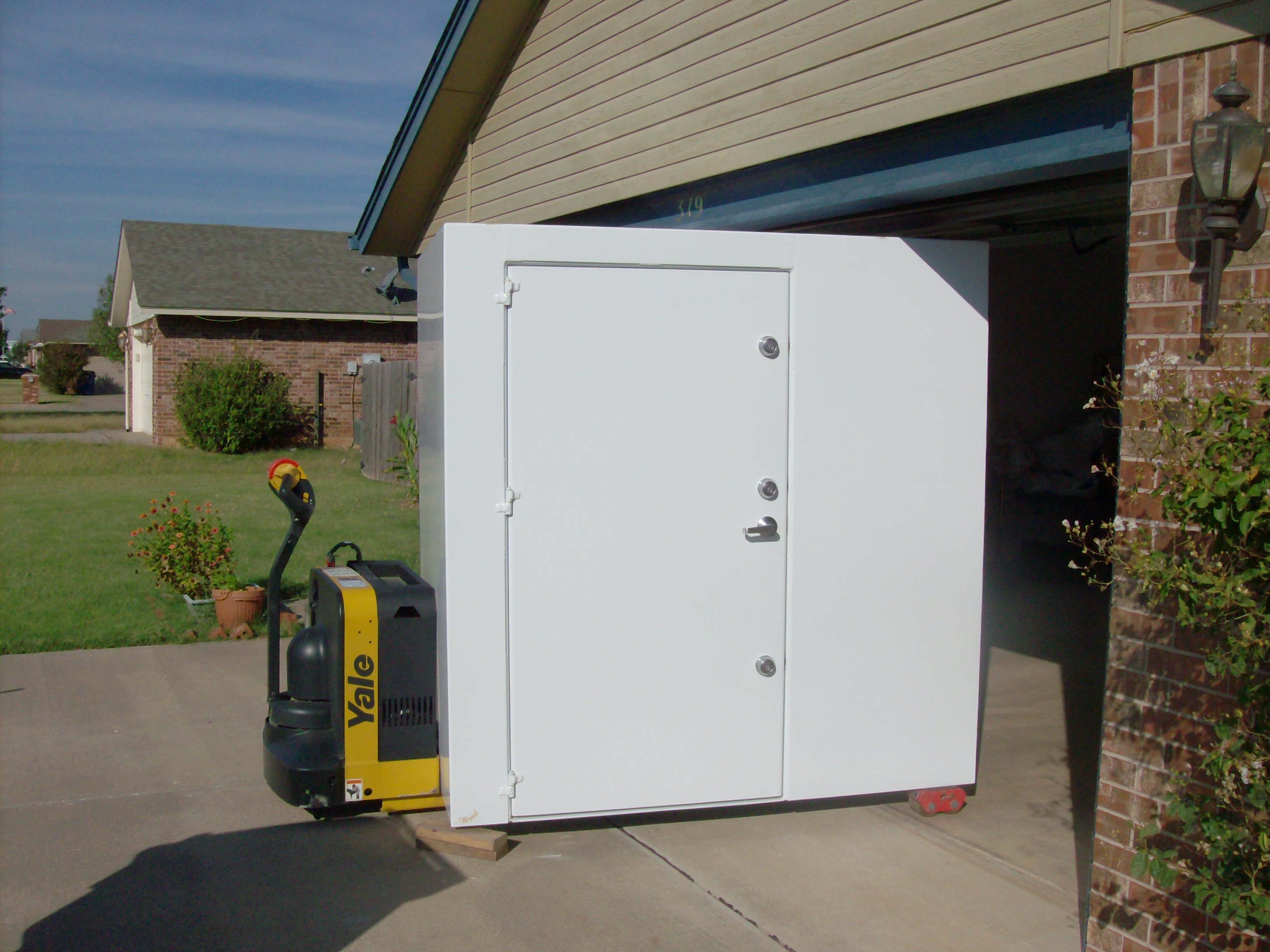
How Should School Teach Children About Storm Safety?
Category : Oklahoma Storm Shelters
As natural catastrophes continue to hit many regions of the world, it becomes critical that schools prioritize student safety. Having an emergency plan for children in place is one of the most crucial components of storm safety. Schools can help prepare students for the potential danger of storm by educating them about emergency planning and the value of public storm shelters.
Oklahoma Shelters help families safeguard themselves from the dangers of natural disasters. We provide top-quality storm shelters and safe rooms to ensure your safety. In this blog, we have discussed some ways that schools and teachers can tell children about storm safety.
Teach children about different types of storms
It is critical for children to learn about the various kinds of storms that might occur in their area. For example, if the school is in a hurricane-prone area, students should be taught about the dangers of strong winds, flooding, and storm surges. Similarly, if the school is in a tornado-prone location, pupils should be educated about the risks of high winds and how to take cover during a tornado.
Educate children on how to create an emergency plan
Schools can also educate students on how to develop an emergency plan together with their families. This plan should contain information on where to take shelter during a storm, how to call emergency services, and how to communicate with family members.
Practice emergency drills
Schools should also do frequent emergency drills to ensure that students are ready in the event of a storm. Drills can include practicing how to seek shelter or how to contact emergency services. By conducting regular emergency drills, children will be better prepared and will know what to do in case of an actual emergency.

Teach children about the importance of public storm shelters
It may not be safe for children to stay in their homes during a storm in some instances. In these circumstances, community shelters can provide an area of security for families. Schools can teach students about public storm shelters in their town and how to contact them in an emergency.
Involve parents and the community in storm safety education
Education on storm safety should not be restricted to the classroom. Schools can involve parents and the community in storm safety education by supporting emergency preparation courses or projects. This can aid in the development of a solid support structure for families and guarantee that everyone is prepared in the event of an emergency. Schools can also collaborate with local emergency agencies to provide families with additional resources and assistance.
Oklahoma Shelters is Well-Equipped to Assist with High-Quality Safe Rooms
We are pleased to say that we provide some of the best storm shelters and safe rooms in Oklahoma City and surrounding areas. We have a 10-year warranty on our products. Furthermore, each and every product is first tested to ensure it keeps up with our standards.

